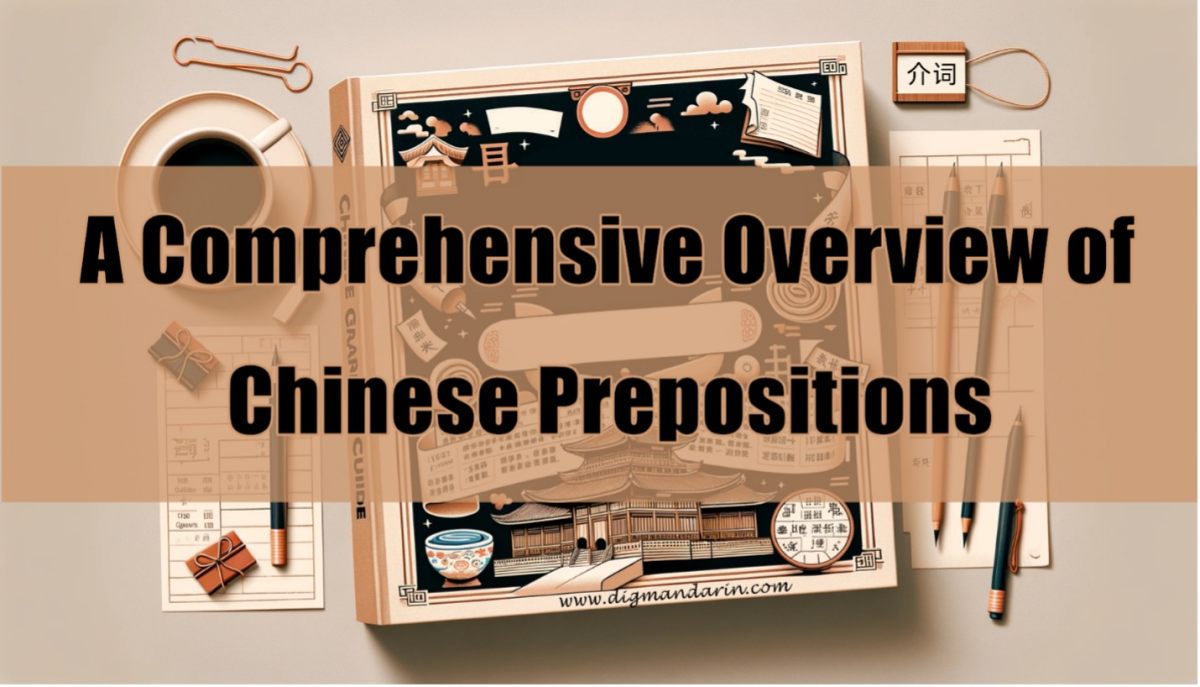The Extended Usages of “起来”(qǐlái ) and “下去”(xiàqu)
The Chinese language is rich with a variety of directional verbs that add depth and nuance to everyday conversations. Among these, 起来 (qǐlái) and 下去 (xiàqu) are two commonly used directional verbs that go beyond their literal translations of “to move upward” and “to move downward.” While many language learners may be familiar with their basic meanings, navigating their extended usage can prove challenging.
In this article, we will delve into the intricacies of these two directional verbs and explore how they extend beyond their literal interpretations. We will examine their basic meanings and delve into the various contexts in which they are used. By understanding the extended usage of 起来(qǐlái) and 下去(xiàqu), you will gain a deeper grasp of Chinese grammar and enhance your language skills.
(You can check out detailed summary videos covering the basic and extended use of Directional Complements, as well as more HSK grammar videos, here.)
The basic meanings of “起来” and “下去”
| Directional Verb | Basic Meaning | Examples |
|---|---|---|
| 下去 (xiàqu) | To move from the top down | 我(从楼上)下去看看发生了什么事。 (Wǒ (cónɡ lóushanɡ) xiàqu kàn kɑn fāshēnɡle shénme shì.) I went downstairs to see what happened. |
| 起来 (qǐlái) | To move from the bottom up | 不要坐着,请站起来。 (Bú yào zuòzhe,qǐnɡ zhàn qǐ lái.) Do not sit, please stand up. |
In addition to their basic meanings, 起来(qǐlái) and 下去(xiàqu) have extended uses that stem from those basic meanings. These more complex uses can pose a challenge for Chinese learners.
Extended Usages of 下去(xiàqu)
Usage:Used after verbs to show that an action or state, which has already begun, will continue into the future.
汉语再难,我也要坚持下去。
(Hànyǔ zài nán,wǒ yě yào jiānchí xiàqu.)
Though Chinese is difficult, I will still keep on learning it.
Extended Usages of 起来(qǐlái)
Usage 1: Used after a verb or adjective to indicate that an action or state is starting or will continue.
听了这个消息,她高兴地跳了起来。
(Tīnɡle zhèɡe xiāoxi,tā ɡāoxìnɡ di tiàole qǐlái.)
Upon hearing this news, she jumped with joy.
春天快到了,路上的行人渐渐多起来了。
(Chūntiān kuài dàole,lùshɑnɡ de xínɡrén jiànjiàn duō qǐlái le.)
Spring is coming, and there are more and more pedestrians on the street.
When there is an object after the verb, the structure should be “Verb+起+Object+来”.
听到自己能去中国旅游,他高兴地跳起舞来。
(Tīnɡdào zì jǐ nénɡ qù Zhōnɡɡuó lǚyóu,tā ɡāoxìnɡ di tiào qǐ wǔ lái.)
He danced with delight after learning he can travel to China.
Usage 2: Should be used after verbs that indicate the need to pay attention to a specific aspect.
这种草莓看起来很好,但是吃起来很酸。
(Zhèzhǒnɡ cǎoméi kàn qǐlái hěn hǎo,dànshì chī qǐlái hěn suān.)
This kind of strawberry looks okay, but it tastes sour.
It can also mean “to estimate”.
雨渐渐小了,看起来要天晴了。
(Yǔ jiànjiàn xiǎo le,kàn qǐlái yào tiān qínɡ le.)
The rain is subsiding, it looks like it will be sunny.
Usage 3: Can be used after verbs like 想 (xiǎng), 回忆 (huíyì), 回想 (huíxiǎng), 记 (jì), etc. to indicate that the action has reached a final result.
他想起来了,这个女孩是他的小学同学。
(Tā xiǎnɡ qǐlái le,zhèɡe nǚhái shì tāde xiǎoxué tónɡxué.)
He remembered that this girl was his classmate from primary school.
Conclusion
As you conclude your exploration of the extended usage of 起来(qǐlái) and 下去(xiàqu) , you have undoubtedly gained valuable insights into the versatility of these directional verbs. By understanding their basic meanings and applications beyond their literal translations, you have acquired a more comprehensive understanding of Chinese grammar.
So, whether you are describing ongoing actions, estimating situations, emphasizing certain aspects, or signaling a final result, the effective use of 起来(qǐlái) and 下去(xiàqu) will enable you to express yourself with precision and fluency in Chinese.
Remember, language learning is a continuous process that requires practice and exposure to native speakers. By actively listening to native Chinese speakers and incorporating the various uses of these verbs into your conversations, you will sharpen your language skills and develop a more nuanced command of Mandarin.





Hi . How do you translate : 这个问题研究起来非常有意思. What does 起来 here stand for ?
Thanks
Nadir
“这个问题研究起来非常有意思”: here 起来 is used after the verb 研究 as a complement, indicating the action or state begins or will keep going on.